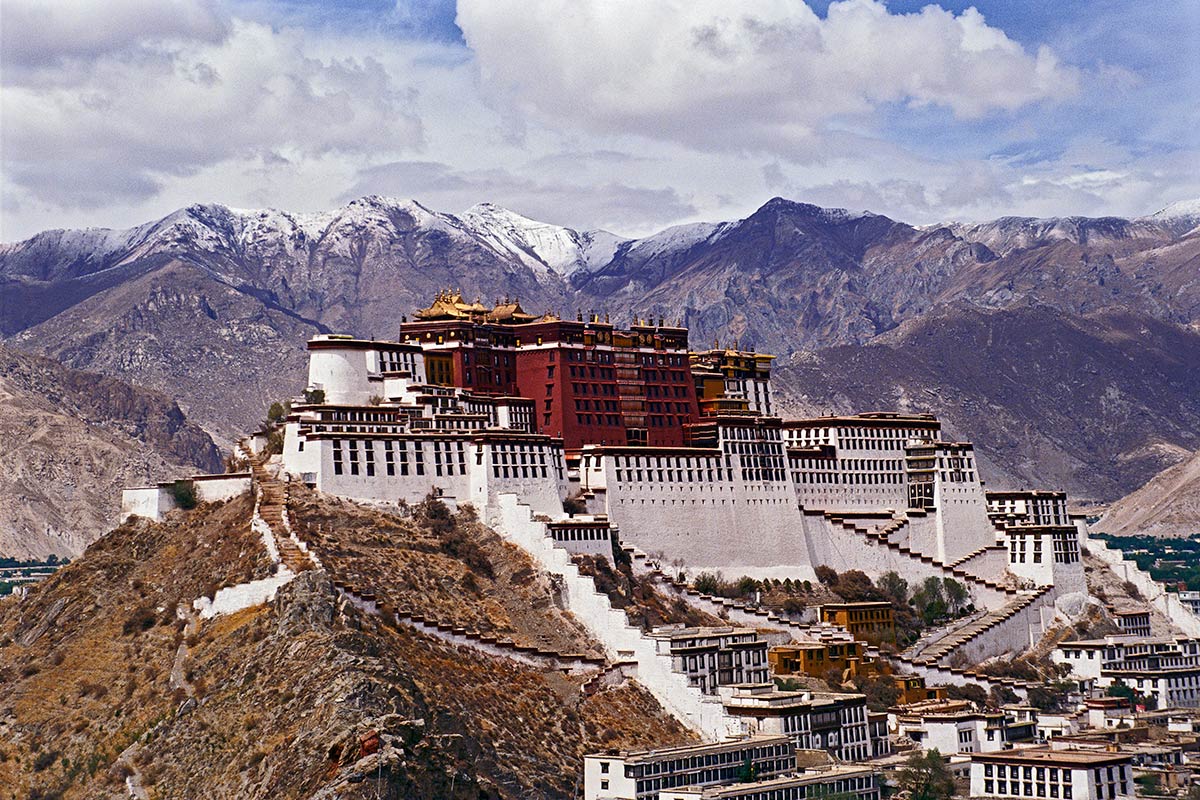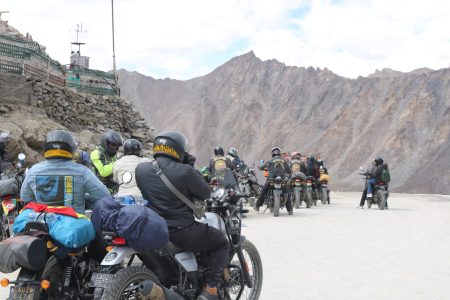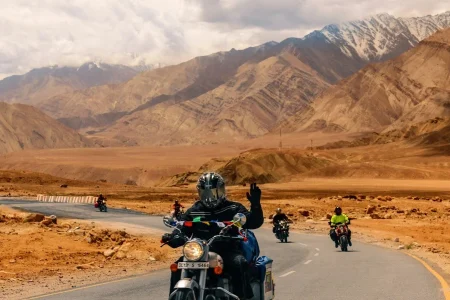The Bactrian camels are native to Central Asia and have been integral to the nomadic culture of Ladakh for centuries. They were traditionally used by the Ladakhi nomads for transport across the Nubra Valley’s vast sandy deserts, as well as for carrying goods and supplies. The camels were also used for their wool and milk, both of which have special uses in the local culture.
Over time, the demand for camels decreased as modern transportation methods replaced them. However, the Camel Farm has been established to preserve the species and keep alive the ancient traditions tied to these incredible animals.
The Camel Farm is set against the backdrop of Ladakh’s stark, barren desert landscape. The layout includes:
Camel Stables: Simple but sturdy structures made of locally sourced materials like wood and stone, providing shelter for the camels.
Farming Fields: The farm also has fields where traditional Ladakhi farming techniques are practiced, alongside the camel herding areas.
Tourist Facilities: There are small guesthouses and campsites where visitors can stay overnight, offering an authentic rural Ladakhi experience.
Desert Landscape: The farm is located in the Nubra Valley, an area known for its sand dunes, which mimic a small desert in the midst of Ladakh’s mountainous terrain.







